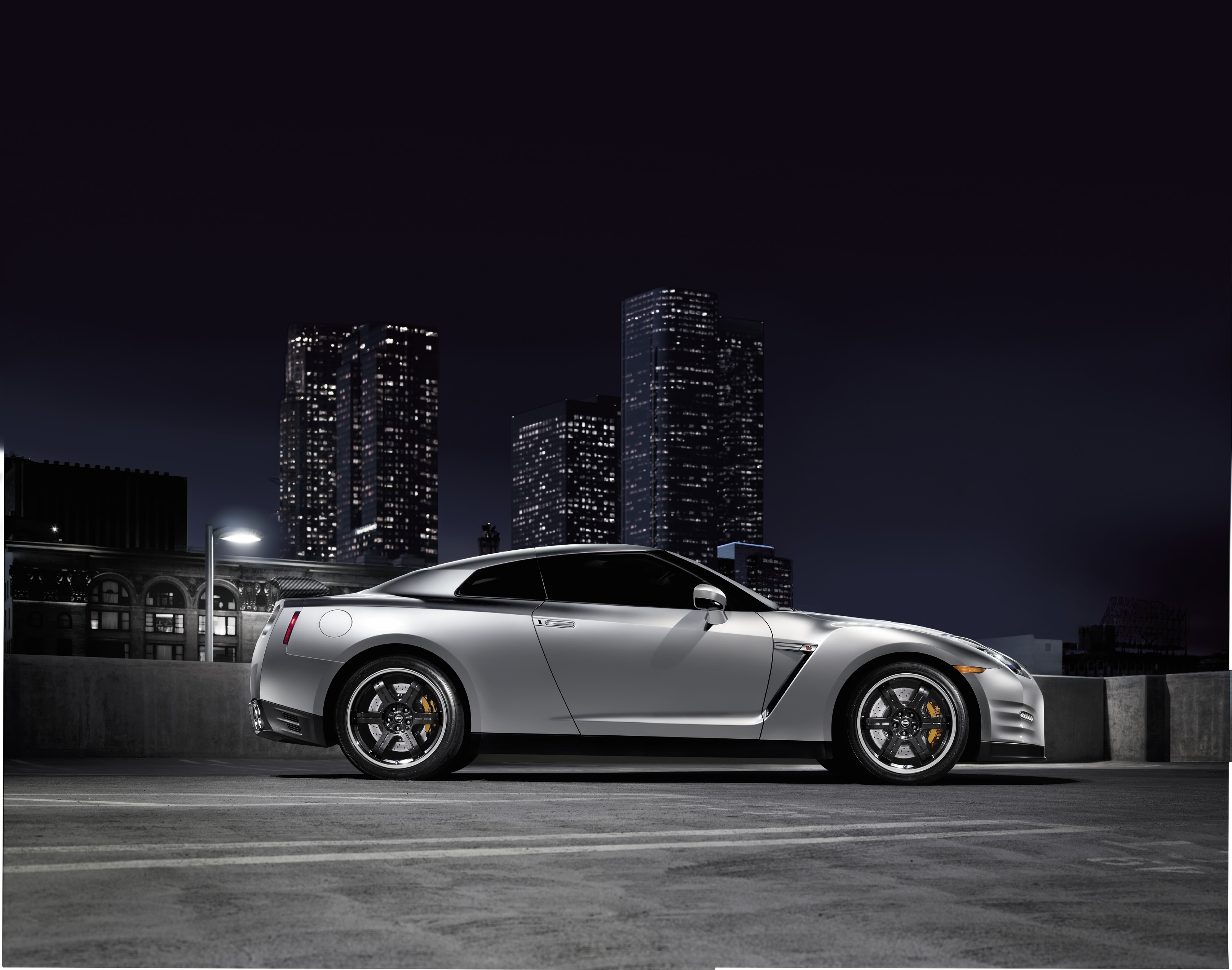
Superstar of the Incremental Improvement Movement
Palm Beach, FL — Spoiler alert: The brand new, 2013 Nissan GT-R leaves the once-new 2012 Nissan GT-R in its dust. Now, the idea of a new car being better than its immediate predecessor hardly seems incredible—or out of the ordinary at all. But when the car being replaced offers such prodigious levels of performance already, it begs the question: How is there any room for improvement?
For sure, the 2012 model set the bar very, very high indeed. Forget the driving impressions, just look at the pertinent statistics: 520 horsepower, 451 lb-ft of torque, a blistering 0-100 km/h time of just 2.9 seconds and a face-melting top speed of 315 km/h. (This model, in its own right, made the original GT-R of 2007 seem fairly “second-rate.”)
But the shocking truth is, the 2013 edition is even better on paper: Although top speed remains the same, the new GT-R boasts an increase in power (to a mammoth 545 hp), an increase in torque (to 463 lb-ft) and a reduction in acceleration time (now, it takes just 2.8 seconds to sprint from 0 to 100 km/h).
Of course, statistics are one thing and real-world performance can be something entirely different. Here, the shocking truth is even more shocking: Despite the fact that the improvements have been, in the grand scheme of things, merely incremental, the 2013 GT-R makes the 2012 GT-R seem like the 2007 GT-R. In other words, the newest model is easily the best of the bunch and by a considerable stretch.
For the direct comparison, a handful of lucky souls were invited to Palm Beach International Raceway in hot, humid and stormy Florida. This track, which is used primarily for club events, had some very interesting features—features that served to highlight the key differences between the two models.
First on the agenda was a visit to the facility’s kart circuit. Yes, the kart circuit. While it’s true that the average kart track is completely unsuited to verifying, say, the terminal velocity of a supersport car, it is perfect for testing such things as handling in tight corners and acceleration out of said corners.
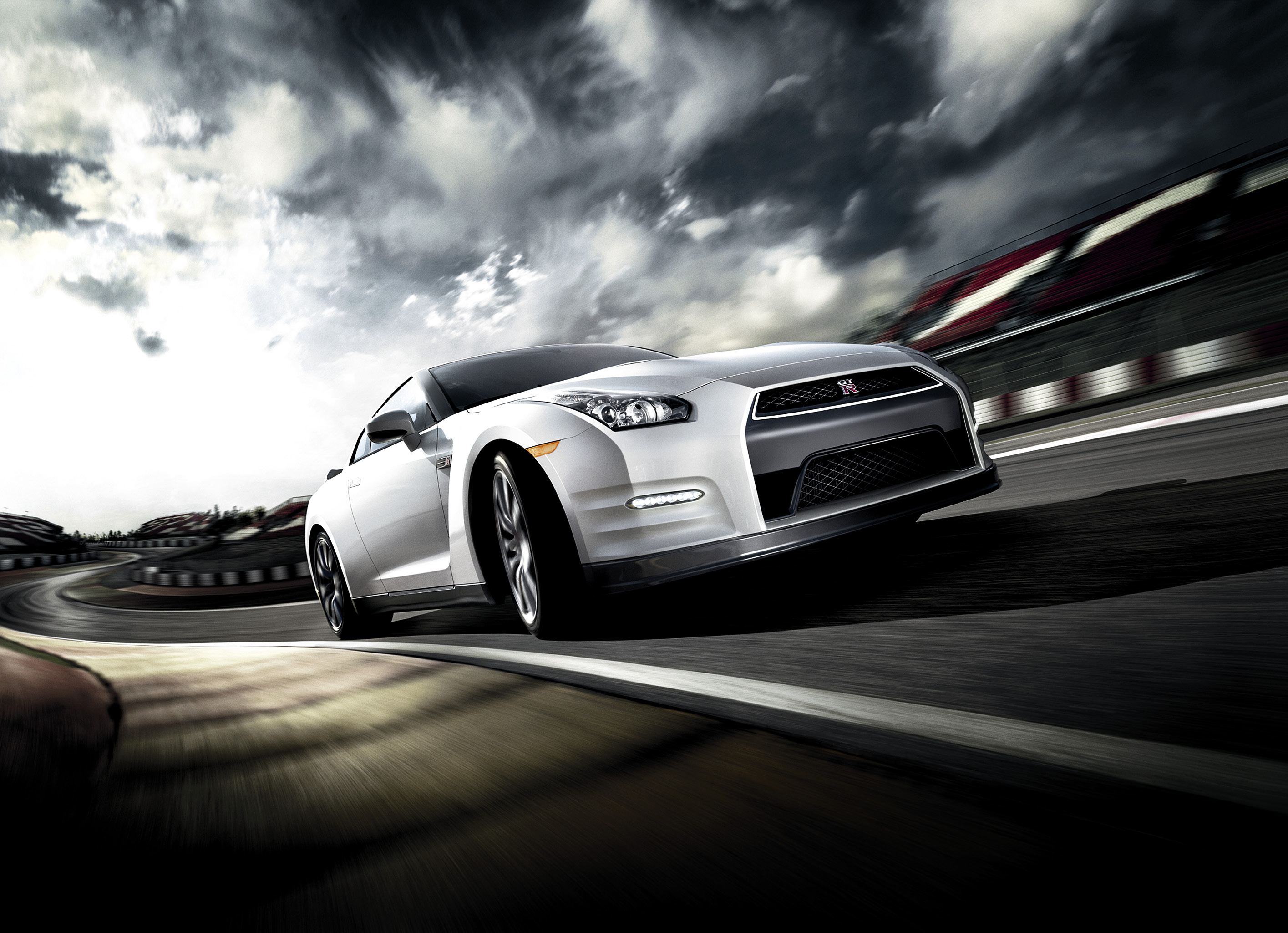
Starting out in the 2012 model, I left the settings in race mode with the traction control on and the transmission in full automatic—all hands. Here was my thought as I negotiated the course: Why does the almighty GT-R seem so slow?
The answer: The torque curve of the twin-turbo, 3.8-litre V6 was more suited to high-speed runs than burrowing out of one desperately slow corner after another. Ultimately, I had to switch the car into manual mode and row through the gears myself in order to keep the revs in the proper range and to keep the momentum going.
With the 2013 Nissan GT-R, it’s a whole diff erent story. Not only does the engine feature more torque, that torque is available lower in the rev range. On the same kart circuit, the new model could be left in the full automatic setting with no trouble at all. Did the car rocket out of the turns like a shifter kart? Not really — the track was extremely tight and completely unsuited to a large supersport car like the GT-R. But the improvement over the 2012 model was plain to see.
Next up was the drag strip. We’ll cut right to the chase here: In a series of head-to-head acceleration tests, the 2013 model beat its predecessor every time out of the box, even on the two occasions when the new car started on the damper side of the track. It was a slam dunk. (Interesting side note: This test saw me compete against Bill Adam, the man who famously raced the Group 44 Jaguar and then co-drove with Scott Goodyear and Richard Spenard at Le Mans.)
The final test involved taking to the main circuit itself in conditions that ranged from monsoon-like to bone dry, depending on the minute. Of course, the Nissan GT-R is armed with one of the most responsive all-wheel drive systems on the planet, a torque-vectoring set-up that is perfectly suited to the very high-tech nature of this 21st-century supersport car.
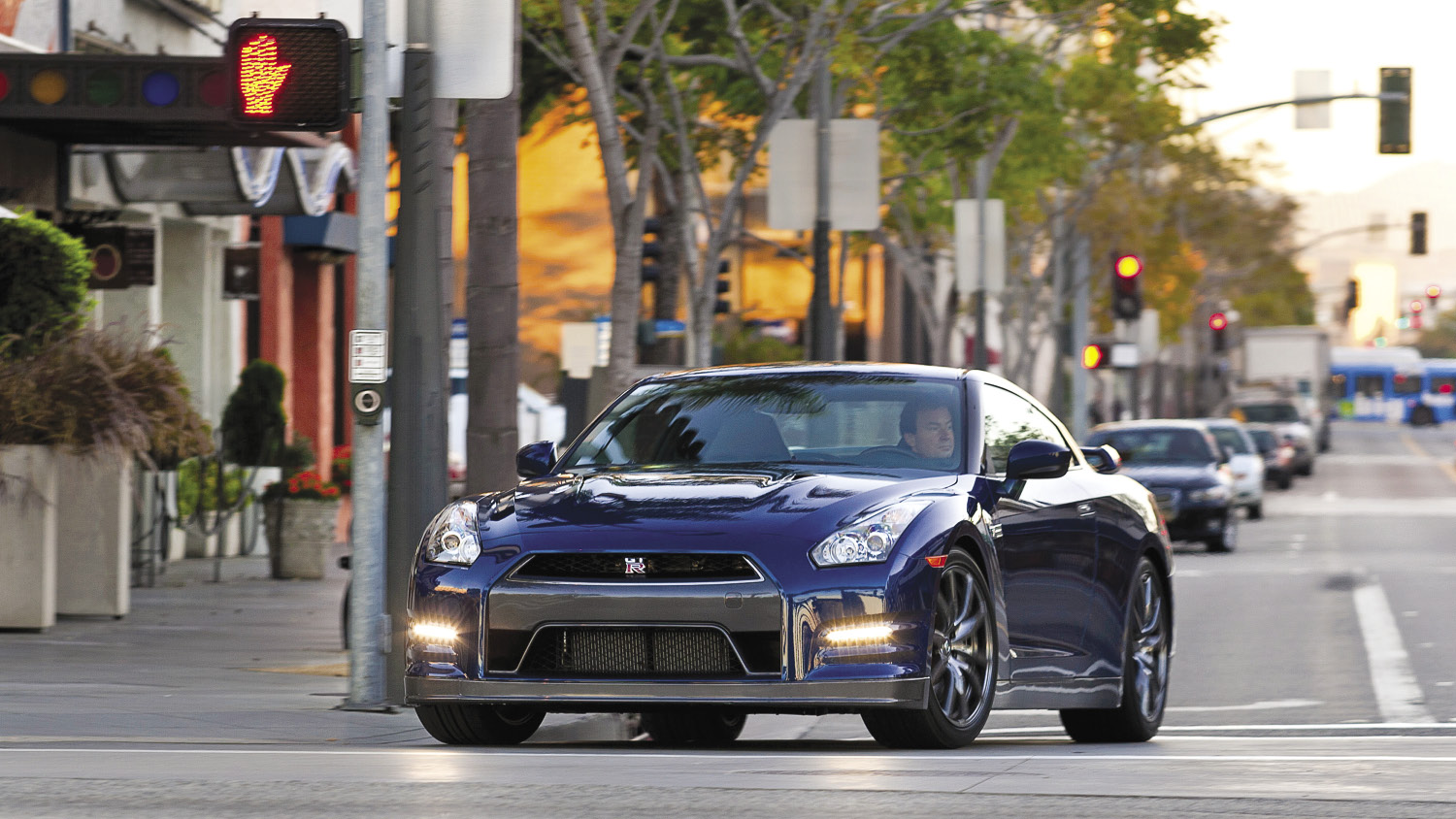
The Palm Beach track is very quick, with two long straights and a number of fast, flowing turns. In other words, it’s nothing like the average kart circuit. The lack of laboriously slow turns, combined with the changeable weather conditions, meant making a direct comparison between the two models was close to impossible. But newsflash: Both cars are absolute monsters.
The all-wheel drive system on the GT-R holds on in the wet far longer than any other production model I’ve ever tested. (The closest comparison: The full-bore Subaru Canada WRX STI rally car from a few years back.) The 6-speed dual-clutch transmission shifts quickly and allows both hands to stay on the wheel, a significant bonus when the car is threatening to break loose at every opportunity. For the new model year, shift feel has been improved and the dual-clutch system is quieter than before; here, once again, Nissan makes a very strong case for the incremental improvement movement. (The transmission still engages with a bit of a clunk, the only question is whether you find this worrying or reassuring.) There are different settings for the transmission, suspension and engine, and a multitude of gauges to study, so keeping entertained on track is not an issue in the least. The suspension system, in particular, proved very effective; the Bilstein DampTronic adjustable shock absorbers, when in comfort mode, really helped the car lean into the soaking wet corners. And, of course, the twin-turbo V6 creates a lot of horsepower, a lot of torque and a very, very fast car. The 2013 Nissan GT-R is significantly more expensive than the first GT-R to reach our shores back in 2008. That original model retailed for just $81,900, while the new version sails in at $109,900. A quick check of the calculator reveals: a 34% price increase in just over four years. That’s nothing to sneeze at, but look past the numbers and you’ll soon realize the following: first, the original GT-R was probably under-priced and, second, the new one is still an absolute bargain when you gauge its performance compared to other supersport cars on the market
In fact, the performance is so impressive, it leaves competitors that cost three or four times as much gasping for breath. So, for the true driving enthusiast who wants to attend track days and heap shame on everyone else out there, the Nissan GT-R is a fantastic choice.
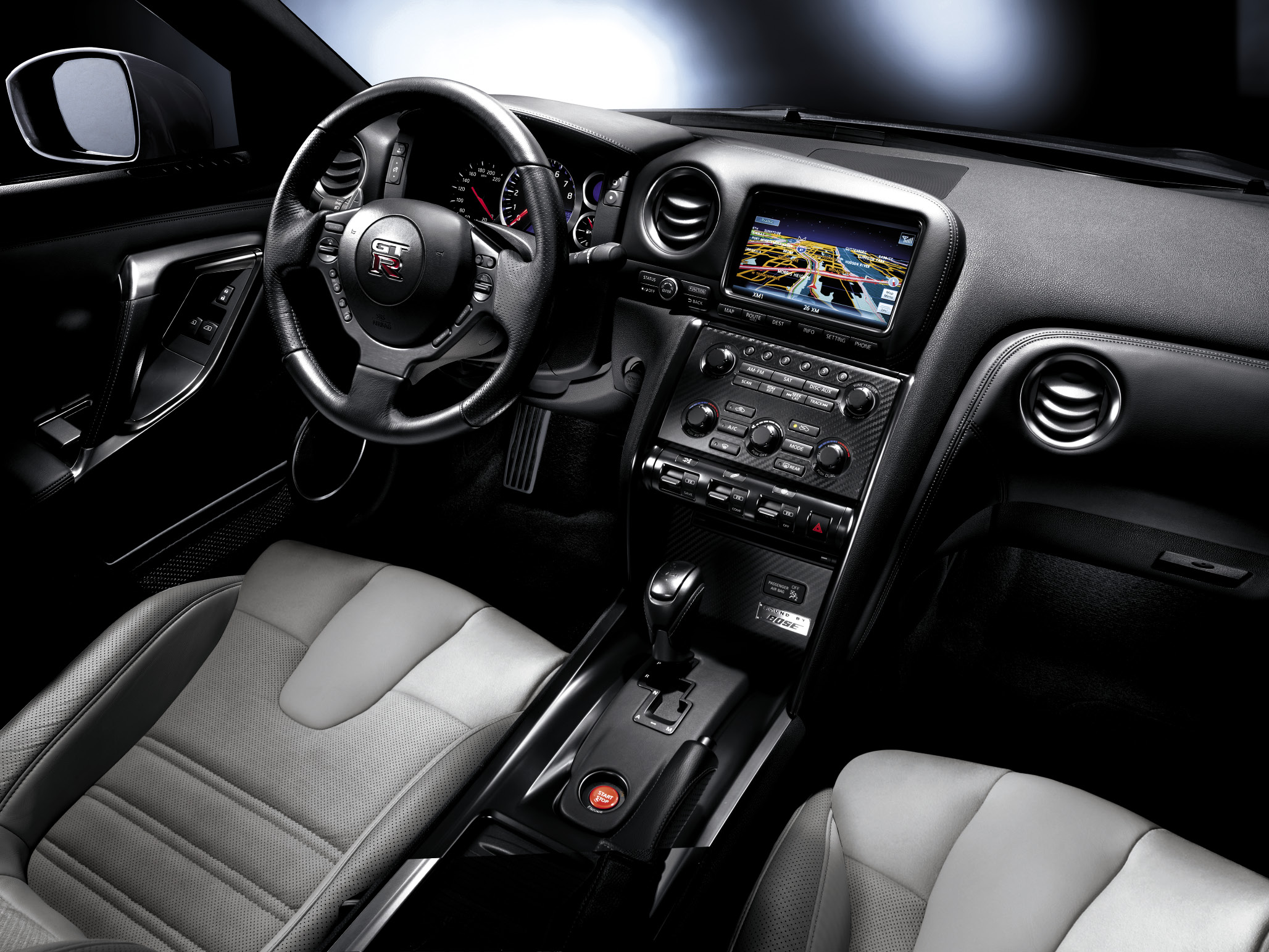 |
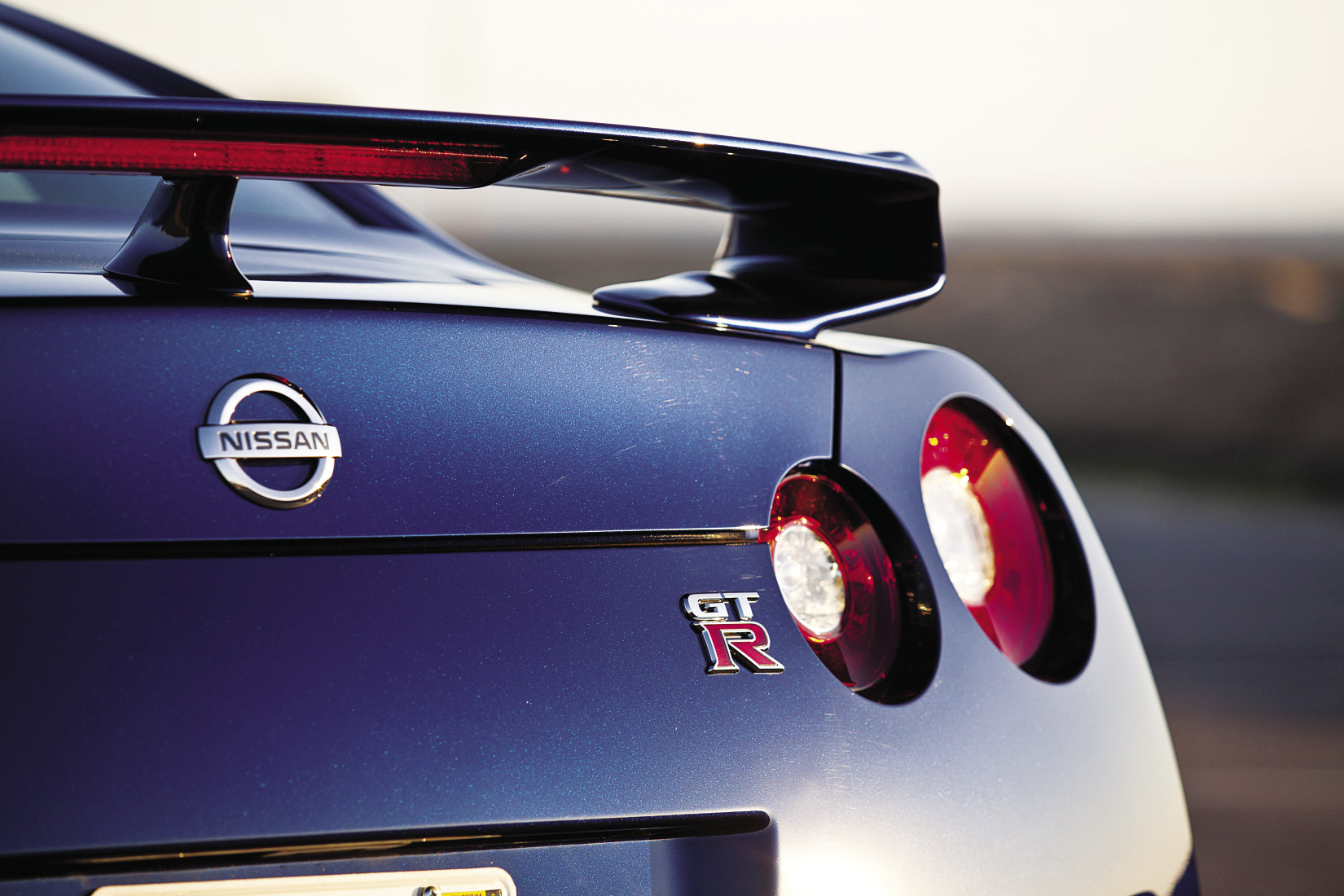 |
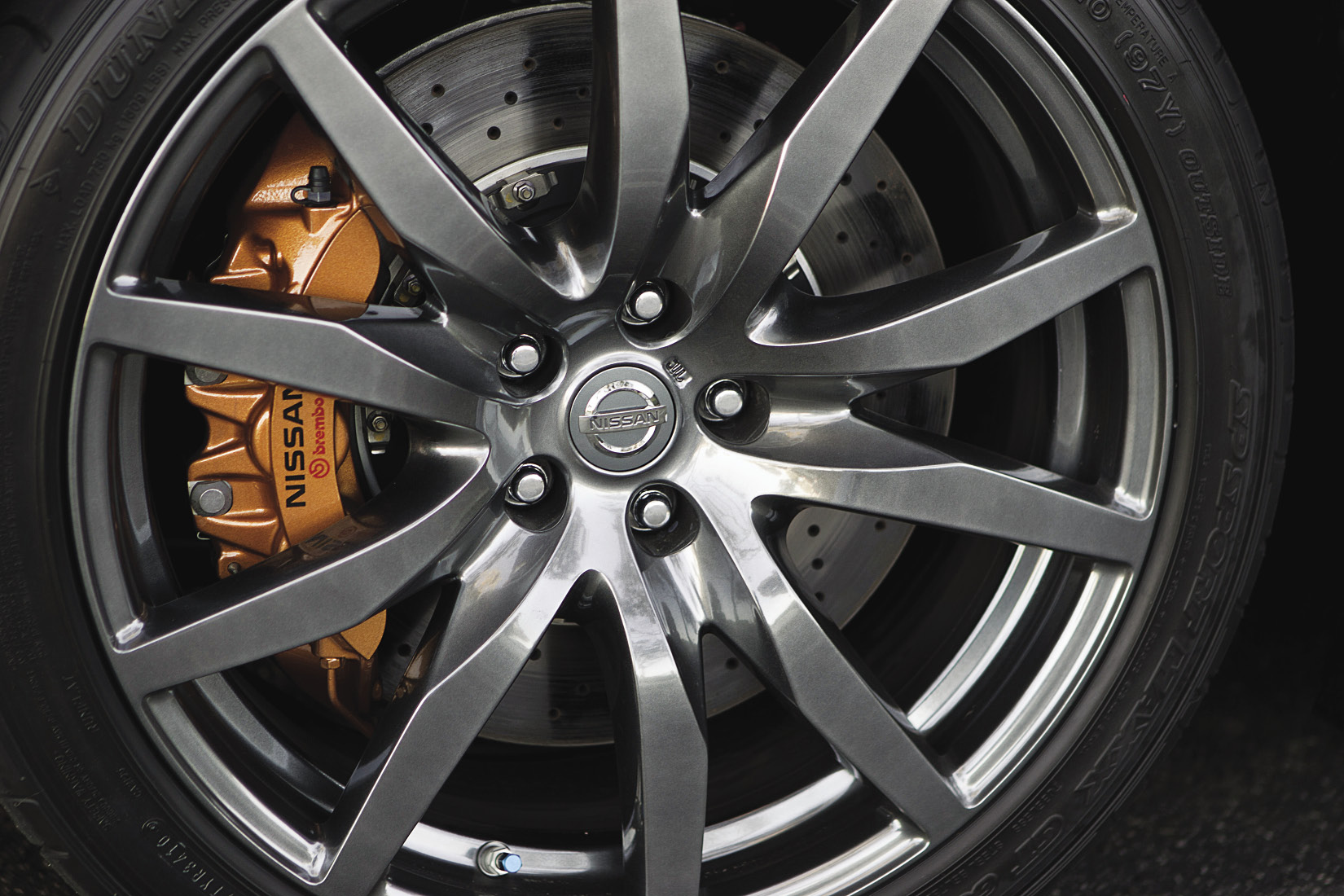 |
 |
Specifications
Price: $103,980 (Base)
Engine: 3.8 litre twin-turbo V6
Output (Manufacturer): 545 hp / 463 lb.-ft.
Transmission: 6-speed dual clutch automatic
Layout: Front engine, all-wheel drive
Fuel Consumption (Manufacturer): city – 12.9 L/100km (22 mpg); 9.2 L/100km (31 mpg)






















